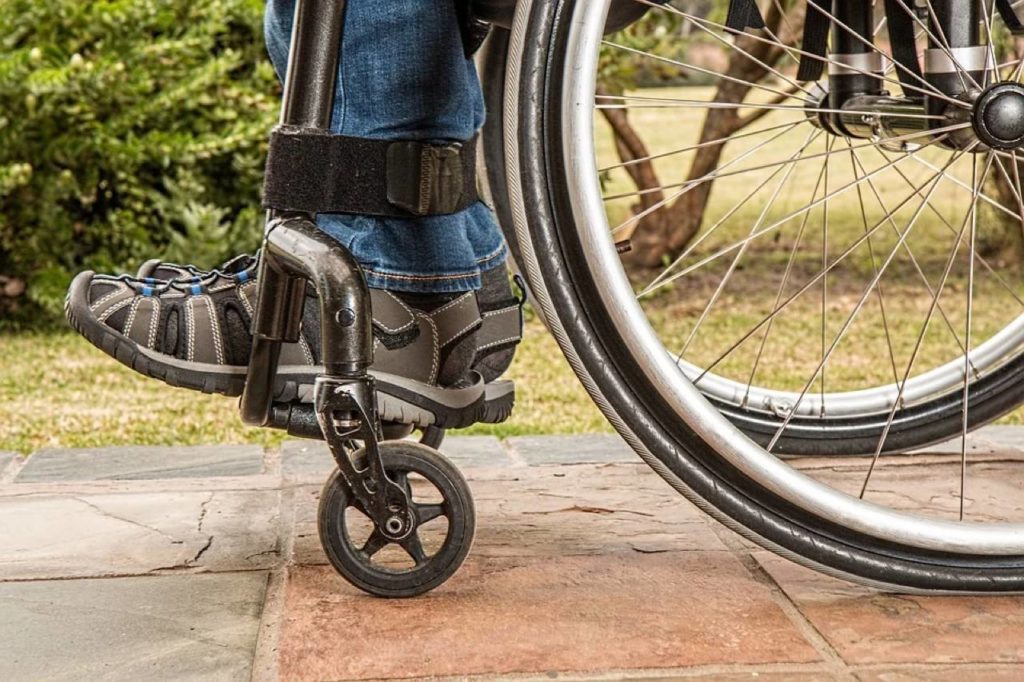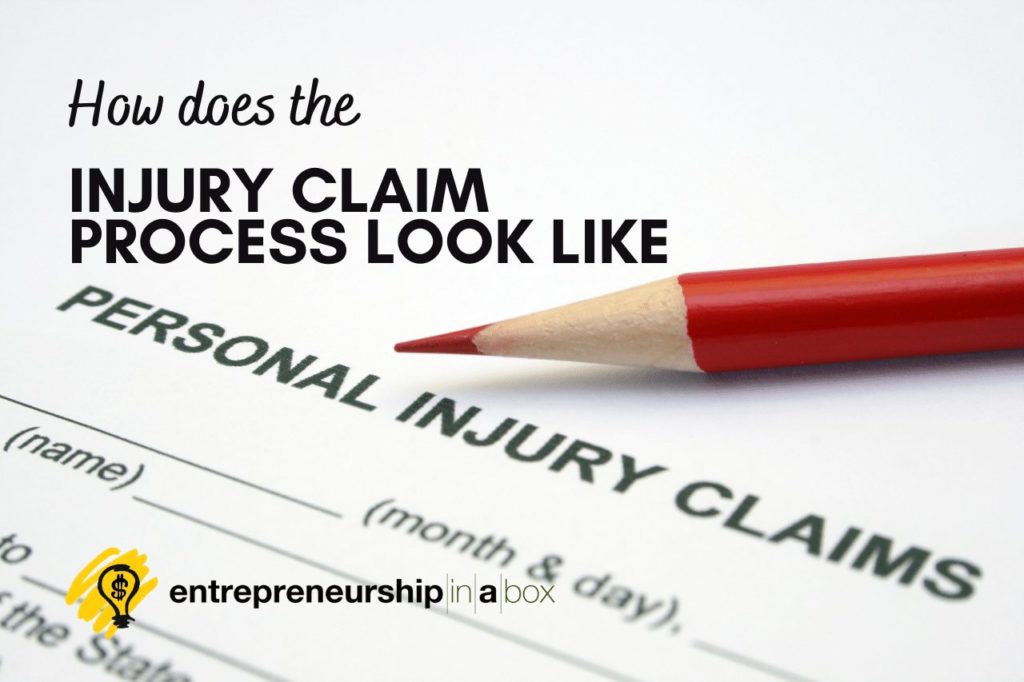Personal injury claims are a regular feature in courthouses across the world. Being the victim of an injury that was not your fault is something that can haunt and hinder you for the rest of your life; the nature of the physical injury will vary between cases, but the trauma and mental anguish is something experienced by all. An injury that is not your fault is both angst-provoking and a source of anger. Nobody should have to suffer because of an injury that was not their fault, and if you have been the victim of one of these injuries, you must take the party responsible to court.
This page will hope to break down the personal injury claim process into simple stages so that you can begin to understand what happens during one of these lawsuits. Personal injury cases can be very drawn out and laborious, so it is good to know what you are getting yourself into before you begin filing for personal injury. Even if the process seems stressful, however, you absolutely must go ahead with your claim. Nobody should be allowed to get away with causing injury without punishment, nor should you have to suffer without compensation.
Here is how the personal injury claim process looks.
The Injury Itself
The first stage of a personal injury claim, of course, is the injury itself. Without an injury, no claim can arise. Personal injuries come, as aforementioned, in many different forms. You can have a car accident, be the victim of an injury at work, or simply slip on a public street. Whatever the injury, if it was on land not owned by yourself and was not your fault, then you may be eligible for compensation. After the injury occurs, you must contact the necessary authorities, whether they be the police or ambulance services. It is always good to have a medical report for an injury claim, so visiting a medical center, such as a hospital or GP, is essential. You will need to provide evidence of your claim in court, so collect it as early as you can.
Contact an Attorney
The next stage of advancing your personal injury claim is to contact an attorney. This is the first stage of the legal process that will kickstart your claim. The legal specialists from https://www.kazlaw.ca explain that a lawsuit can be stressful and overwhelming. By contacting an attorney, you can alleviate some of this stress and have your case handled diligently and efficiently. If you do not contact an attorney, you will not be able to progress your case through the courts (unless you are an experienced paralegal yourself can self-represent). An attorney will ask for evidence of the incident, then will either agree to represent you or will not. An attorney will have their own private investigator who will thoroughly examine the case and establish whether or not you were at fault, or if the blame lies with another party. You absolutely must contact an attorney.
Notification Process

Once you have decided upon an attorney – your attorney will handle everything from there on out. The next stage of the personal injury process is the notification process; this is when the defendant will be notified that you are launching legal proceedings against them and they will have the option to counter-sue or offer a settlement against you (or simply defend themselves and plead not guilty). An out of court settlement is when the defendant, to spare himself court fees and a potentially much larger settlement order being issued, agrees to make a direct payment to you. Out of court settlements, depending on the nature of the injury, can be huge.
Trial
With the notification process concluded, you will attend the plea hearing, the trial will proceed presuming the defendant goes not guilty. The trial can last for a week or so, and both sides will provide evidence for and against the defense. The trial can be very stressful if you have been seriously injured, but it is important you endure and answer the questions posed to you honestly and with courage. When the trial is over, the verdict will be issued.
Verdict
With the trial finished, the jury will return a verdict of guilty or not guilty. If the trial yields a not guilty verdict – you will get nothing and you will have to walk away. If guilty is returned, then the judge will agree that the defendant needs to pay the amount of money you are suing them for. The judge may reduce this or increase this depending on their personal opinion of the case. Once this is finished, you will receive your money and will be able to move on with your life and forget about everything that has happened.
Now, with the help of this page, you know everything that there is to know about a personal injury case. Personal injury cases can be very stressful and turbulent, so seek mental health advice if necessary. Hopefully, you never have to experience one of these trials.



